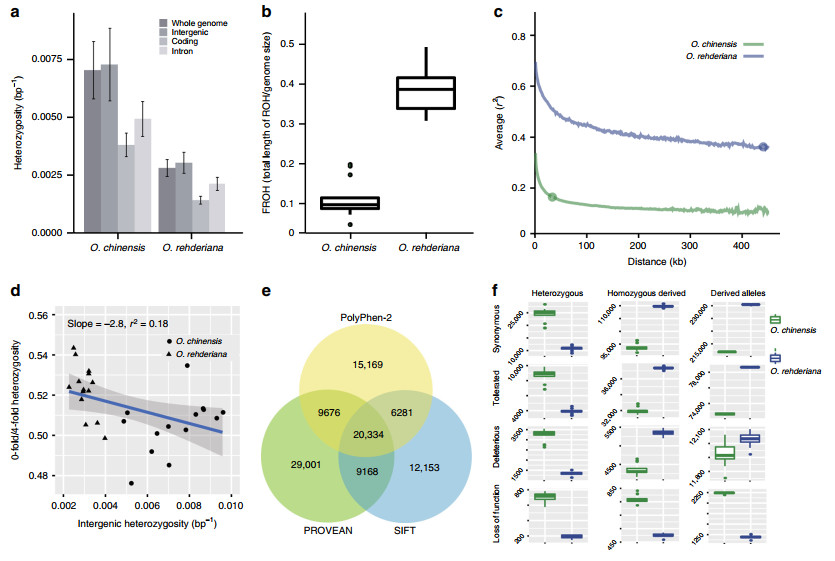Because of the increasing human activity and climate change, numerous endangered species were predicted to be extinct due to the continuously reduced distributions and surviving individuals. This is especially severe for trees because most of them are outcrossing and the assumed stronger inbreeding and the faster deleterious accumulation than others will accelerate their extinctions. Trees usually grow as the key species of one local ecosystem, and their extinctions will further result in the collapse of the total terrestrial landscape and disappearance of numerous additional local species that rely on them. In the 1990s, scientists predicted that around 30,000 species with very few surviving wild individuals, especially those endangered trees, should be extinct before 2015. However, one census published in Science in 2016 found that only fewer than 150 species may be extinct. What makes those endangered speices, especially endangered trees survive?

Diversity, linkage disequilibrium, and genetic load metrics for O. rehderiana and O. chinensis.
Prof. Jianquan Liu and his colleges (two first authors, Drs Yongzhi Yang and Tao Ma) from College of Life Science, Sichuan University and others from several universities in China and USA selected one extremely endangered tree species (Ostrya rehderiana) with fewer than seven wild individuals from 1980s to now to examine population and genomic collapse of the endangered tree through comparing with the widespread congener (O. chinensis). Based on the genomic evidence, they found that both species retained similar population sizes when they diverged and similarly decreased the population sizes when climate became cool during the Quaternary climate change. However, at the end of the Last Glacial Maximum with the warming climate, the widespread congener recovered its population size to the previous level while the endangered one continuously decreased. Especially, they found that severely deleterious recessive variations were significantly lower in the endangered species than the widespread one although the total deleterious variations accumulated more in the endangered species. Maybe like a Chinese proverb, ‘the extremity reached, the course reversed’. This purging of the severely deleterious variations and long-protracted population decrease may have greatly mitigated the inbreeding depression that the endangered trees should have suffered. Therefore, such an endangered species with them could survive with very few wild individuals. However, in the future, this endangered species still needs further full protection, especially excluding all artificial harms while increasing genetic diversity. This work was recently published in Nature Communications 2018 (9: 5449) on December 21, 2018 (https://doi.org/10.1038/s41467-018-07913-4).

